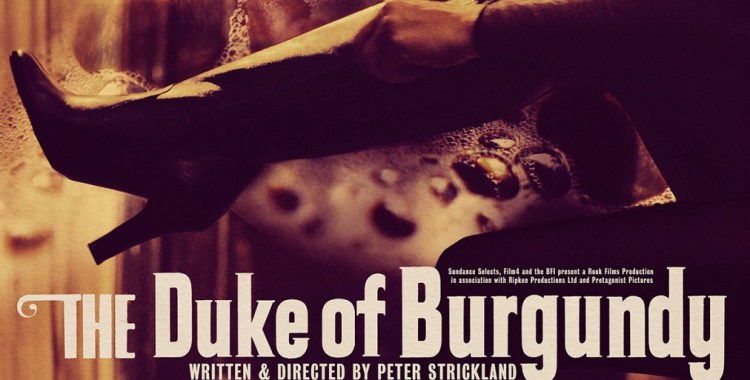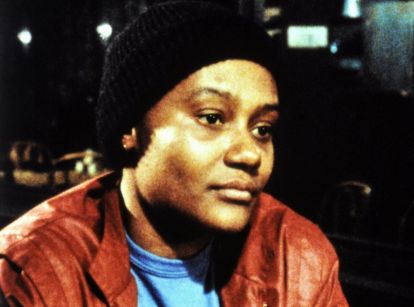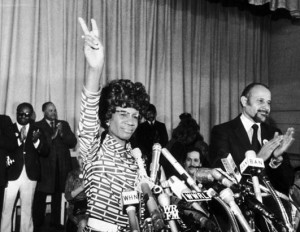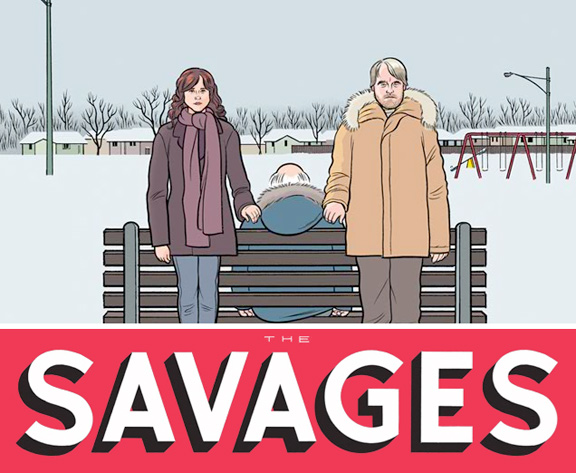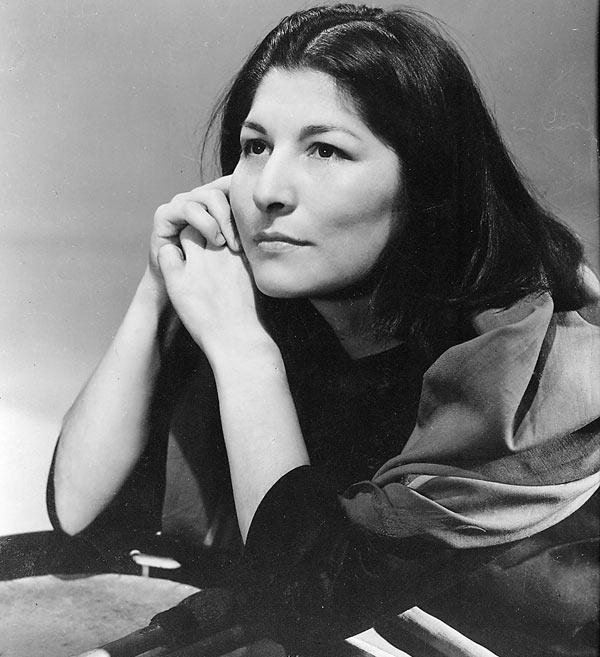If one were to judge the film based on its trailer alone, it would be tempting to assume The Duke of Burgundy could be categorized as a lesbian 50 Shades of Blah Blah Blah, only with lots of butterflies and gorgeous cinematography. (Full disclosure: this reviewer has not seen the latter but puts her total trust in J. Jack Halberstam’s takedown.) More impressive than the cinematography, though, is how the film explores the complex relationship between love and power in a lesbian couple’s BDSM role-play.
Cynthia is an entomologist who lives in a sprawling, ivy-covered home. She writes books, attends lectures on her subject, and employs a woman named Evelyn as her maid. Cynthia is rarely satisfied with how Evelyn completes her chores, and disciplines her charge with humiliating labor, like hand-washing her undergarments and polishing her boots. When Evelyn inevitably fails to satisfy, Cynthia subjects her to physical punishment, much of which happens with Evelyn lying prone. Cynthia sits on her head, ties her hands, and urinates in her mouth.
It soon becomes clear that the humiliation we see is carefully orchestrated by Evelyn. The couple has a deep intimacy that is co-created through Cynthia’s total devotion to pleasing her partner’s voracious desire to be dominated. Although Evelyn is the sub, she is the architect of their fantasy play. Through non-linear storytelling, the perspective shifts from Evelyn to Cynthia. For example, when we first see Evelyn arrive for work as maid, Cynthia presents as a formidable, disapproving master who exacts total control in words and actions. Soon, however, the scene is replayed from Cynthia’s point of view and we see her reading a set of instructions for how to behave when Evelyn arrives. Cynthia diligently fashions her wig just so, and her eyes betray a measure of anxiety. She is an actress taking care to craft her appearance just before walking onstage. Their performance is about to begin.
Through flashbacks and fantasy sequences, the depth of Cynthia and Evelyn’s relationship is revealed. We learn they are both entomologists who bring the same degree of precision to their role-play as they do to their research. Evelyn is unrelenting in her commitment to creating opportunities for Cynthia to dominate her, which both emotionally and physically wears on her partner. And it is these moments when the staging of their role-play makes for surprising instances of comedy and tenderness. An especially titillating scene wherein Cynthia whispers commands in her lover’s ear as Evelyn masturbates turns humorous when, post-orgasm, she tells Cynthia to have more “conviction” in her voice next time. Though Evelyn often delivers her requests with a sweet but deliberate earnestness, these pieces of constructive criticism have the cumulative effect of wearying her lover. When Cynthia’s ambivalence tips toward frustration, we see how much negotiation is required by both partners to maintain the artifice of their role-play.
In a radically empathic way, we feel the emotional pain both women face when Evelyn’s desire to be dominated is greater than Cynthia’s will to dominate. This is deftly expressed when we see identical scenes enacted from each woman’s perspective. Take the golden shower scene: the door closes, we hear water running, and then the sound of Evelyn choking. Since we’ve just been introduced to them, its Evelyn who wins our sympathies and Cynthia that seems aggressive in punishment. Later, when Cynthia is carefully reviewing her index cards of instructions, we see her guzzling glass after glass of water—and now we know what’s coming. When the door closes again to replay the scene, all is quiet. And then Evelyn suggests the Cynthia turn on the tap. It’s not every day that we see a film that elicits two opposing and equally felt reactions: “Don’t pee in her mouth!” and “Why can’t she just pee in her mouth?” Such is the contradictory nature of desire.
